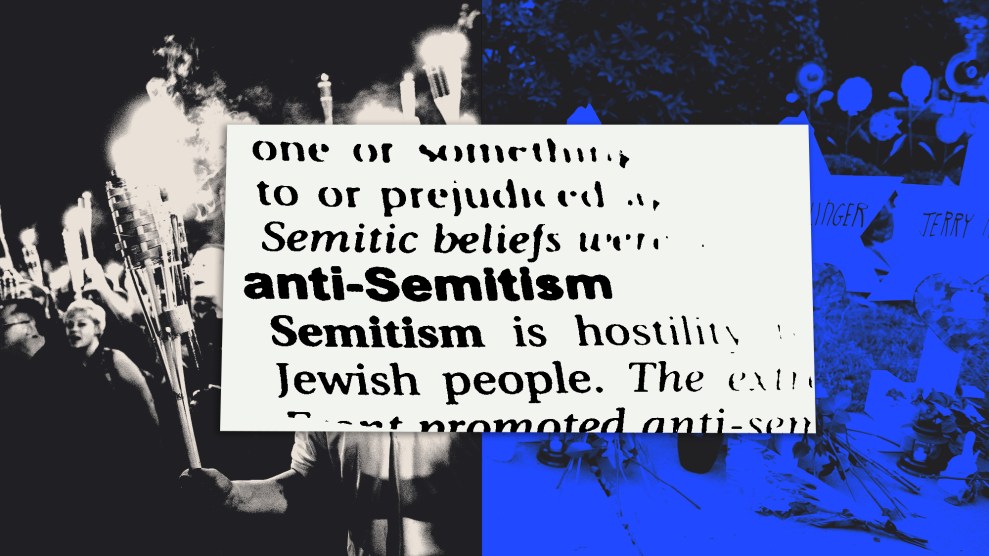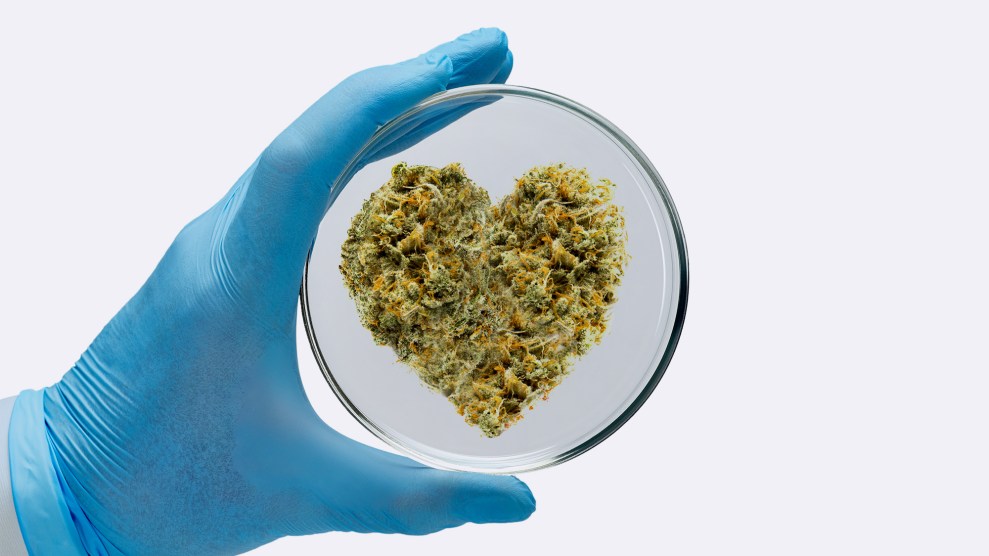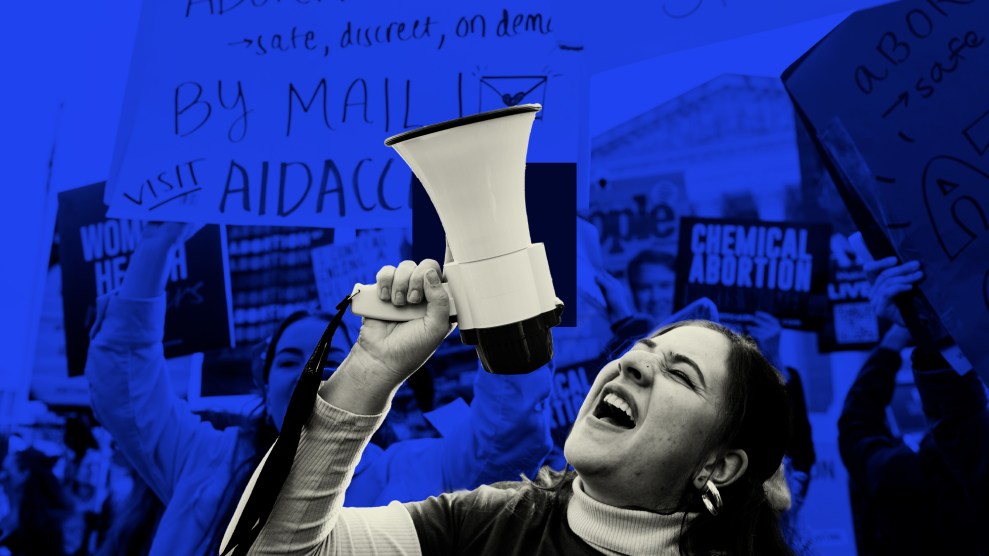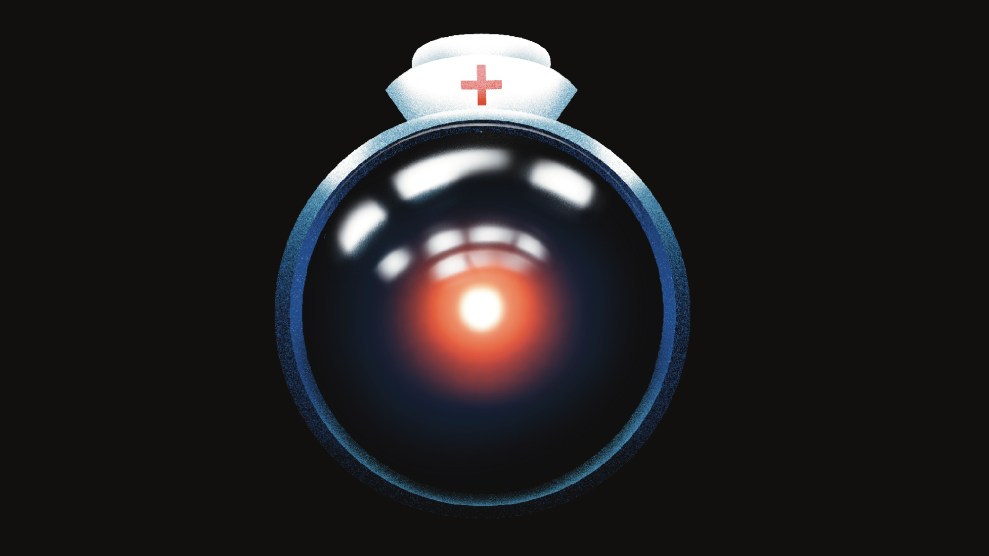They built their homes out of uranium mill waste because “it made good concrete.” They drank the water of lakes that appeared “as if by magic” on the arid reservation in the 1950s and 1960s. What they didn’t know was that these lakes were actually pools covering abandoned uranium mines.
Fifty years ago, reports Judy Pasternak in the Los Angeles Times, cancer rates on the Navajo reservation in the desert southwest were so low that a medical journal published an article titled “Cancer immunity in the Navajo.” Then, from 1944 to 1986, 3.9 million tons of uranium ore were chiseled and blasted from the mountains and plains, with radioactive waste piles, open tunnels and pits left behind. Few companies bothered to fence the properties or post warning signs. Federal inspectors seldom intervened.
Not until 2000 were some families warned that they were living in homes as radioactive as uranium mines. The U.S. government still hasn’t cleaned it up. Read more about the cruel legacy uranium has left for this tribe in Pasternak’s heartbreaking series, running this week.
—April Rabkin















